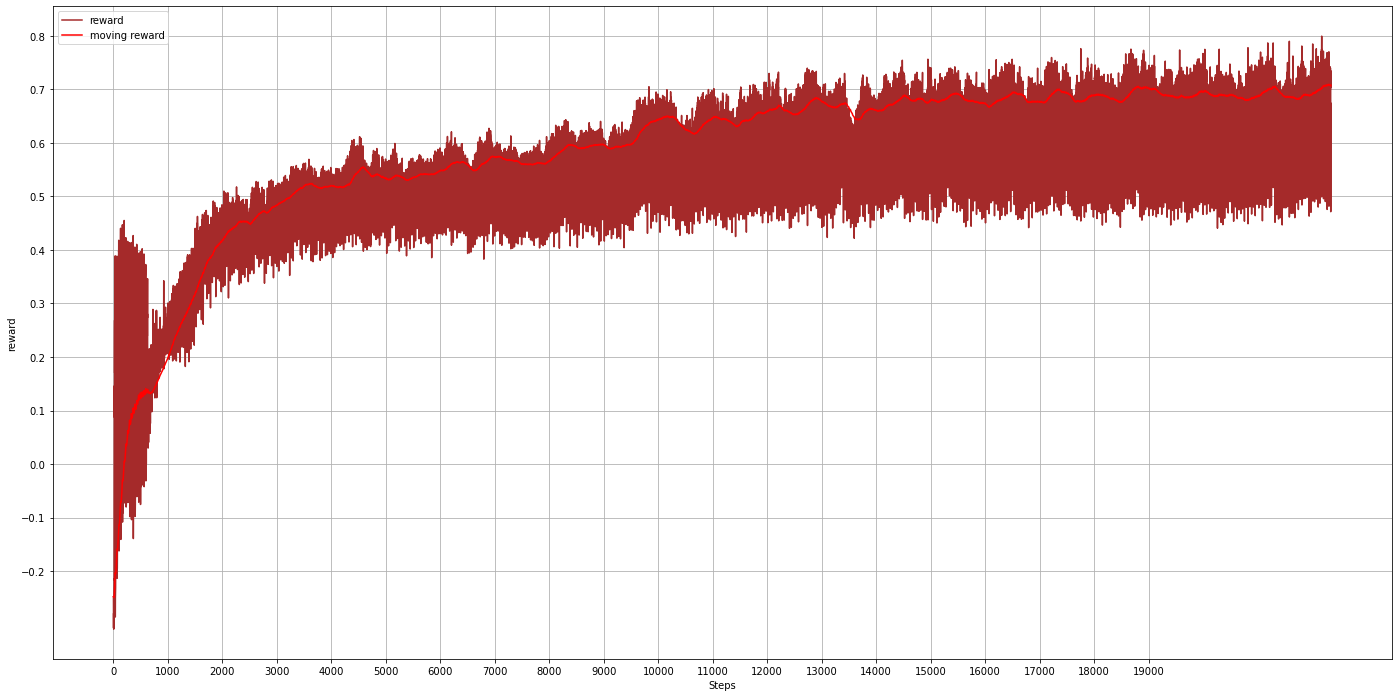Reinforcement Learning for Multi-Product Multi-Node Inventory Management in Supply Chains
This paper describes the application of reinforcement learning (RL) to multi-product inventory management in supply chains. The problem description and solution are both adapted from a real-world business solution. The novelty of this problem with respect to supply chain literature is (i) we consider concurrent inventory management of a large number (50 to 1000) of products with shared capacity, (ii) we consider a multi-node supply chain consisting of a warehouse which supplies three stores, (iii) the warehouse, stores, and transportation from warehouse to stores have finite capacities, (iv) warehouse and store replenishment happen at different time scales and with realistic time lags, and (v) demand for products at the stores is stochastic. We describe a novel formulation in a multi-agent (hierarchical) reinforcement learning framework that can be used for parallelised decision-making, and use the advantage actor critic (A2C) algorithm with quantised action spaces to solve the problem. Experiments show that the proposed approach is able to handle a multi-objective reward comprised of maximising product sales and minimising wastage of perishable products.
PDF Abstract
